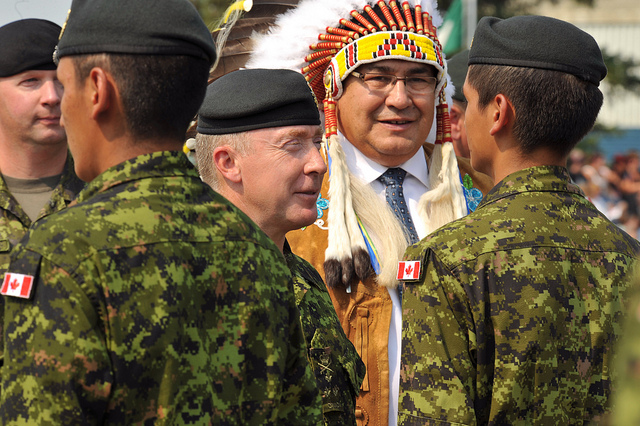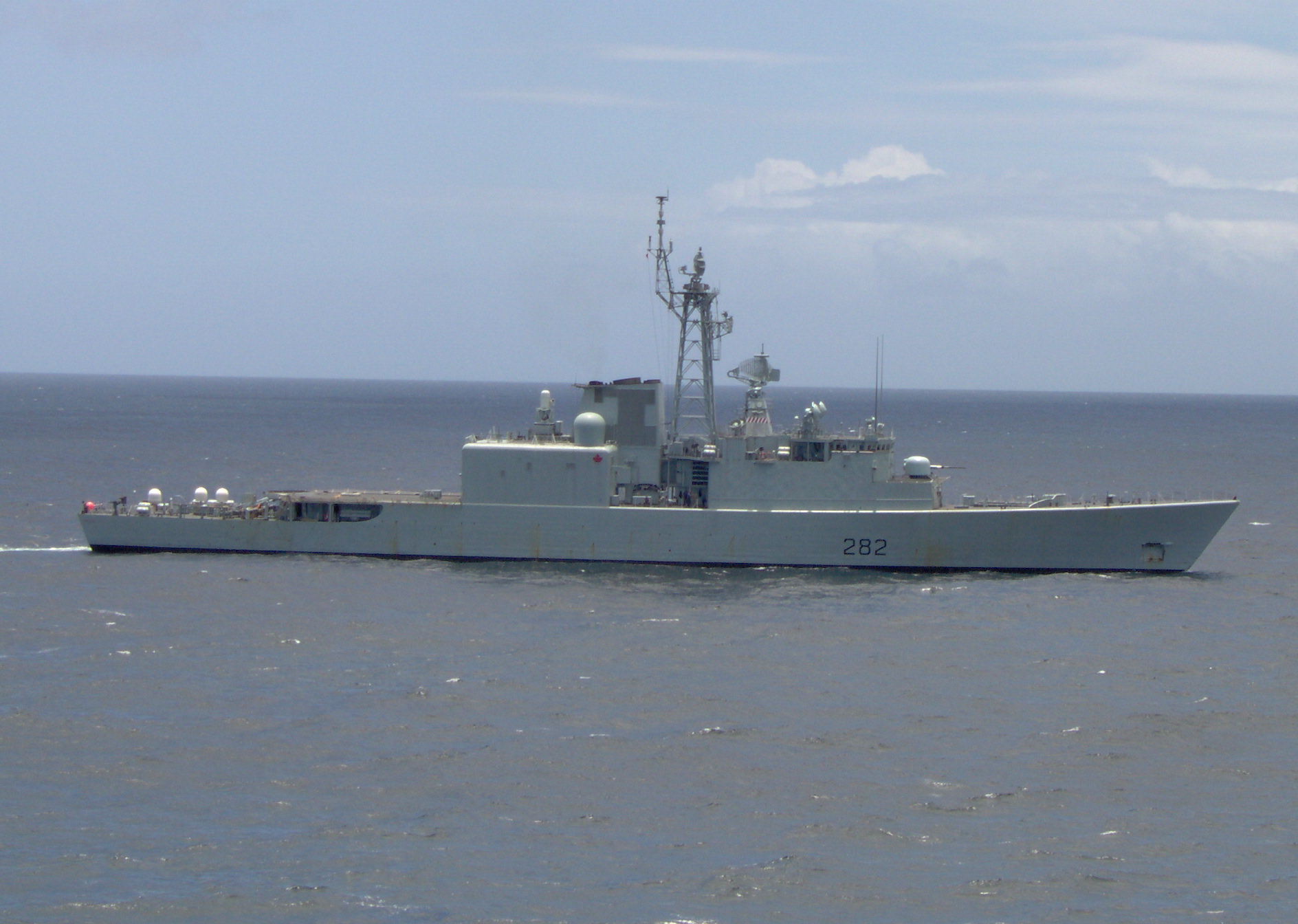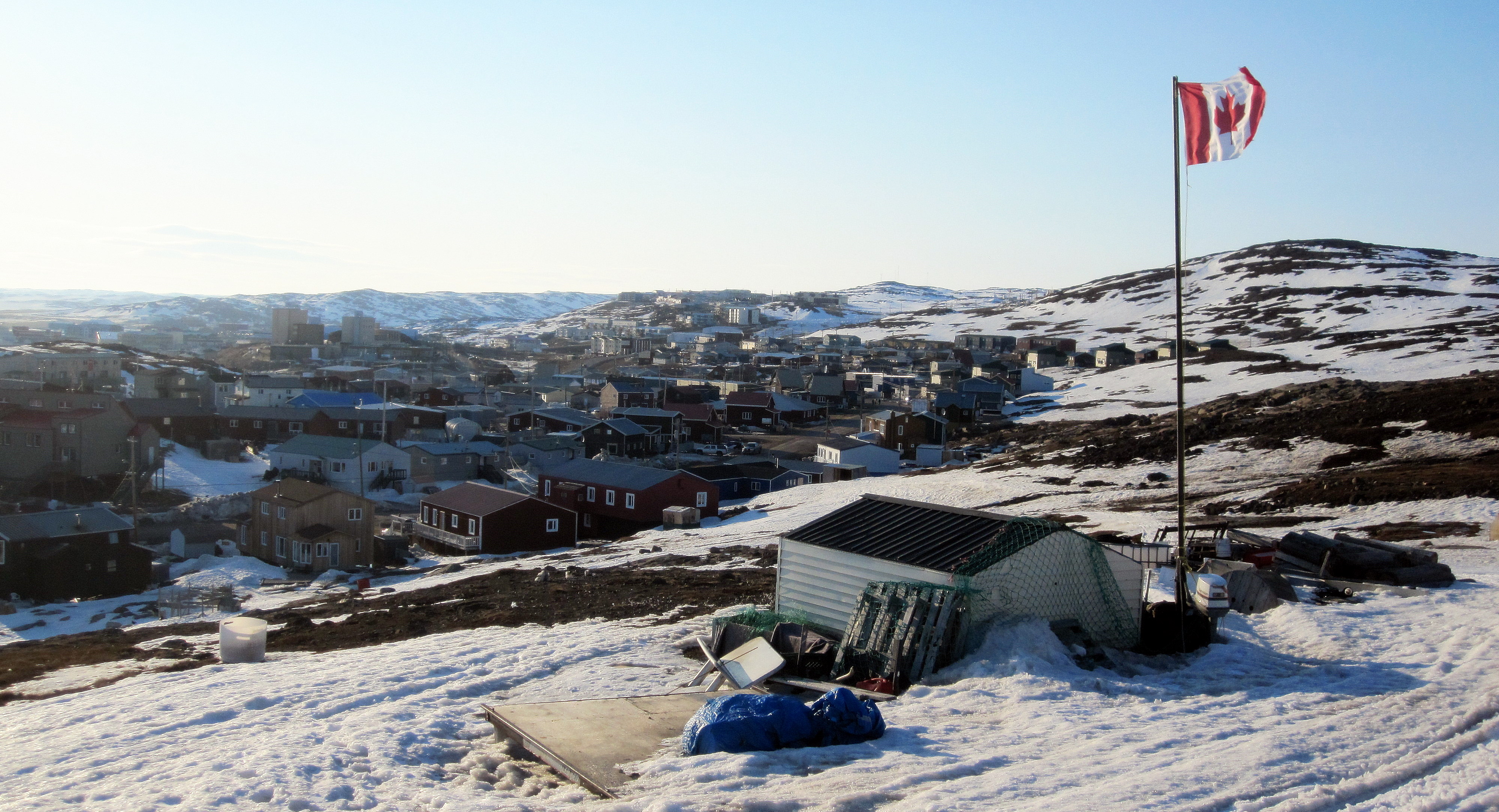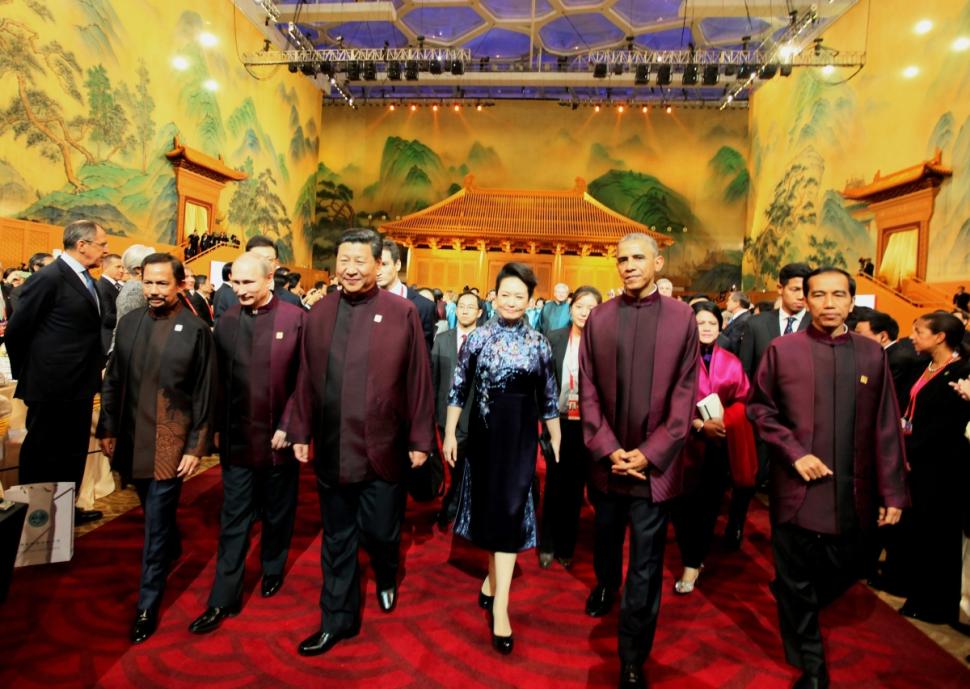The relationship between the Canadian Armed Forces and Canada’s aboriginal communities has at times been strained, at least in part due to the legacy of the Oka Crisis. From July to September 1990, a large contingent of troops from the Royal 22e Régiment, the Royal Canadian Mounted Police, and Québec, police confronted members of the Mohawk community of Kanesatake. The tense standoff emerged as the result of a land dispute, in which the municipality of Oka, Québec wished to expand a golf course and residential property onto land used traditionally by the Mohawks as burial grounds. Lasting for 78 days, the dispute saw gunfire exchanged, one police officer and one Mohawk elder killed, and dozens of others wounded. Extensively documented at the time, memories of the blockades at Mercier Bridge and elsewhere still cast a shadow.
Thus far, the relationship has improved significantly in recent years. Upon his appointment as Chief of the Army Staff and Commander of the Canadian Army in July 2013, Lieutenant General Marquis Hainse has prioritized outreach to Canada’s First Nations, Métis, and Inuit (FNMI). The Canadian Rangers, who have long played a valuable role in securing Canada’s North, are some 5,000 strong and predominantly come from FNMI backgrounds. Many more opportunities have emerged for FNMI Canadians to participate in military life, including Bold Eagle, Raven, Black Bear, the Canadian Forces Aboriginal Entry Program (CFAEP), and perhaps most importantly the Aboriginal Leadership Opportunities Year (ALOY).
Introduced in 2008, ALOY sees 20 to 30 FNMI students each year enrol as officer cadets at the Royal Military College of Canada. Upon completing undergraduate studies at this institution, the ALOY graduates become commissioned officers in the Canadian Forces. In January 2013, Nicole Shingoose was the first FNMI officer cadet to complete the program and was commissioned as an Acting Sub-Lieutenant and posted to a Naval Reserve unit in Saskatoon. Although the ALOY contingent is only a small portion of the student body at the Royal Military College – 300 to 450 students are admitted each year – the cultivation of aboriginal leaders within the military may encourage other FNMI youth to consider a career in the Canadian Forces. As the program reaches maturity, it will be worthwhile for policymakers to examine ALOY’s graduation and retention rates.
In addition, there are several summer training programs intended to offer a sample of what military life is like and what career opportunities can be found in the Canadian Armed Forces. Bold Eagle is a Culture Camp led by First Nations Elders followed by six weeks of basic training in Wainwright, Alberta. Similarly Army-themed, Black Bear is oriented toward First Nations living in Atlantic Canada and takes place in Oromocto, New Brunswick. Finally, for those interested in the Royal Canadian Navy, Raven is held each year in Esquimalt, British Columbia. The CFAEP also provides a no-strings attached look into military life, consisting of a three-week course at the Canadian Armed Forces Leadership and Recruit School in St. Jean, Québec, and Canadian Armed Forces Base Halifax, Nova Scotia. Throughout that program, civilian aboriginal counsellors are on hand to assist in bridging cultural differences.
Partnerships between relevant institutions have made these programs possible and should be a case study for effective FNMI engagement in Canada. AYOL, for example, sees active participation from the Royal Military College, in addition to the Congress of Aboriginal Peoples, the Inuit Tapiriit Kanatami, and the National Association of Friendship Centres. Such networks ensure there is an adequate support base for those leaving reserves or remote communities in Canada’s North to pursue such a challenging undertaking as becoming one of the first aboriginal Canadians to serve as a commissioned officer. Broadening these partnerships through other programs, such as Bold Eagle and Black Bear, will not only help many more FNMI youth seize on the career opportunities offered by the Canadian Forces but will also help strengthen trust in the military as a security provider for all Canadians.




